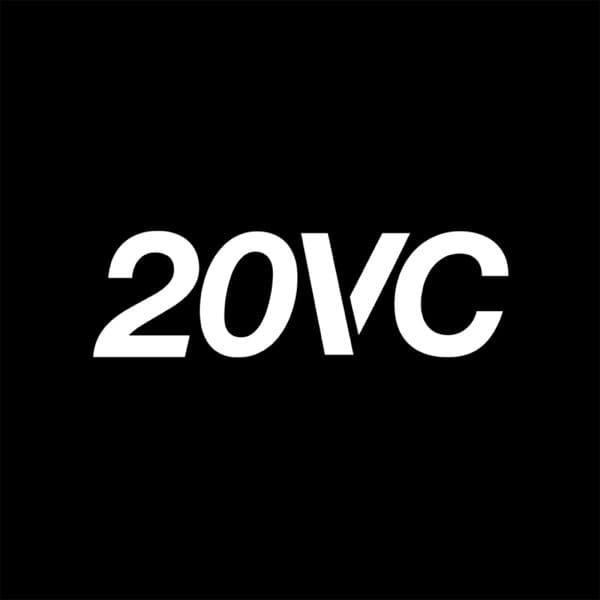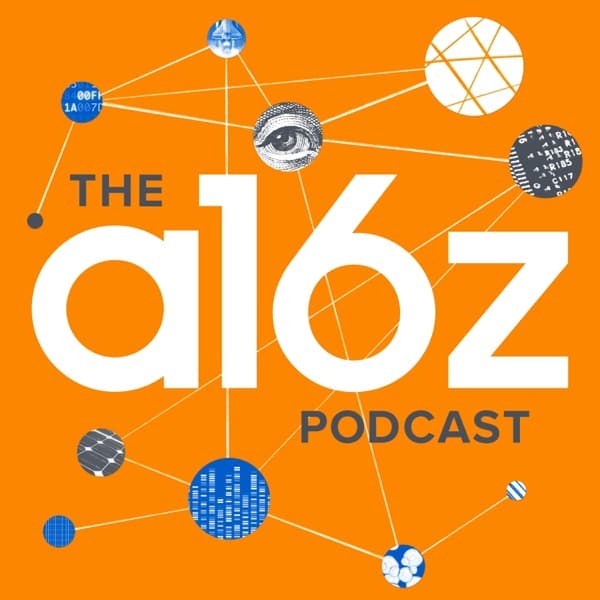Lightcone Podcast: Vibe coding is transforming software development, emphasizing speed and product focus over traditional coding skills.
The Twenty Minute VC (20VC): Venture Capital | Startup Funding | The Pitch: Lovable, a European startup, is rapidly growing by turning ideas into apps with just a prompt, achieving $2 million ARR weekly and surpassing ChatGPT in retention rates.
Lightcone Podcast - Vibe Coding Is The Future

The discussion centers on the concept of 'vibe coding,' a term popularized by Andrej Karpathy, which emphasizes embracing the rapid development capabilities of AI tools in coding. This approach allows developers to focus more on product design and user experience rather than the intricacies of code itself. The Y Combinator partners surveyed current founders, revealing that many are shifting from traditional software engineering roles to product-focused roles, as AI tools make coding faster and more efficient. Founders report that AI-generated code now constitutes a significant portion of their projects, with some estimating over 95% of their codebase being AI-generated. This shift is leading to a new generation of developers who are less reliant on classical coding skills and more on their ability to leverage AI tools effectively. However, debugging remains a challenge, as AI tools are not yet proficient in this area, requiring human intervention. The conversation also touches on the implications for hiring practices, suggesting a need for new assessment criteria that focus on a candidate's ability to use AI tools effectively and their product design skills. The discussion concludes with the notion that while AI tools are democratizing coding, the need for deep technical expertise remains crucial for scaling and maintaining complex systems.
Key Points:
- Vibe coding emphasizes speed and product focus, reducing the need for traditional coding skills.
- AI tools are generating a significant portion of code, with some founders reporting over 95% AI-generated code.
- Debugging remains a human task, as AI tools struggle with this aspect.
- Hiring practices may need to shift towards assessing AI tool proficiency and product design skills.
- Deep technical expertise is still necessary for scaling and maintaining complex systems.
Details:
1. 🌱 The Rise of Vibe Coding
- The emergence of vibe coding is likened to the sudden growth of a giant beanstalk, indicating a rapid and transformative impact on the coding landscape.
- Vibe coding is not considered a temporary trend, but rather the dominant method of coding, suggesting its long-term significance and necessity for staying relevant in the industry.
- There is an implicit warning that those who do not adopt vibe coding may fall behind, highlighting the importance of adaptation to maintain competitiveness.
2. 💻 Exploring Vibe Coding and Its Impact
- Y Combinator partners have funded companies worth hundreds of billions of dollars at their inception, highlighting the potential impact of innovative coding methodologies such as vibe coding.
- Vibe coding is a concept popularized by Andrej Karpathy, emphasizing a more intuitive approach to coding that embraces exponential growth and minimizes the focus on traditional code structure.
- A survey of current Y Combinator batch founders was conducted to assess the adoption and impact of vibe coding within startups.
- Key questions in the survey included the tools being used, changes in workflows, and predictions about the future role of software engineers in a vibe coding environment.
- The survey revealed that many startups are integrating vibe coding principles to enhance development speed and flexibility, with a significant 60% reporting improved team collaboration and 45% noting a reduction in development cycle times.
- Startups adopting vibe coding are particularly leveraging AI-driven tools to automate repetitive tasks, allowing engineers to focus on more strategic aspects of product development.
- Predictions indicate that as vibe coding becomes more mainstream, the role of software engineers will evolve to prioritize creativity and strategic thinking over traditional coding practices.
3. 🔍 Insights from YC Founders on Vibe Coding
- The role of software engineer is transitioning to that of a product engineer, emphasizing a broader skill set beyond just coding.
- Human taste and judgment are becoming crucial in the tech industry, highlighting the importance of user-centric design and innovation.
- Advancements in code and tools are democratizing the ability to become a '10x engineer,' making high-impact engineering accessible to more individuals.
- These insights were articulated by the founder of Outlet, reflecting a strategic shift in how engineering talent is developed and utilized in tech startups.
4. ⚙️ Changing Roles in Software Engineering
4.1. Increased Coding Speed and Objectivity
4.2. Parallel Coding
4.3. Exponential Speedup in Development
5. 🐞 Debugging in the Era of LLMs
- At TripleByte, assessing whether engineers are motivated by user interaction or technical challenges is crucial for their fit at a company.
- Engineers face a choice between focusing on product problem-solving or systems architecture as LLMs reduce the need for manual code writing.
- Despite advancements, LLMs are ineffective at debugging; human intervention is necessary to identify and resolve code bugs and logic errors.
- Examples of human intervention in debugging include identifying logic errors not detected by LLMs and resolving intricate code bugs.
6. 🔧 Popular Tools and Models in Use
- Coding tools currently struggle with reasoning capabilities, necessitating frequent re-rolls and rewrites.
- O3 significantly outperforms 3.5 Sonnet in debugging, indicating rapid advancements in tool capabilities.
- Trends show a shift in the usage of coding models and IDEs, with Cursor becoming a prominent choice since summer 2024.
- Windsurf is emerging as a strong competitor to Cursor, offering superior codebase indexing capabilities.
- Cursor requires users to specify files within large codebases, while Windsurf automates this process, increasing efficiency.
- Devin is mentioned but lacks deep codebase understanding, limiting its use to small features.
- ChatGPT is still used for its reasoning model capabilities, filling gaps in debugging and reasoning tasks.
- Current tools like Cursor and Windsurf operate on pre-reasoning models, highlighting an area for potential development.
7. 🤖 The Surge in AI-Generated Code
- 25% of founders reported over 95% of their code base is AI-generated.
- All founders involved are technically skilled and capable of developing products independently.
- Highlights a significant shift in development practices within a year.
- Some young developers have never coded without AI tools like Cursor.
8. 🔍 Evaluating the Impact of Vibe Coding on Hiring
- Vibe coding allows individuals with technical backgrounds such as math and physics to transition into programming roles more quickly and productively than in the past.
- Past attempts to retrain individuals from physics to programming through coding boot camps were often ineffective due to the time required to learn syntax, libraries, and other programming essentials.
- The new approach of vibe coding significantly reduces the learning curve, enabling faster integration into programming roles.
- Vibe coding emphasizes intuitive understanding and practical application over traditional rote learning, making it more effective for quick adaptation.
- Case studies show that individuals trained through vibe coding can begin contributing to projects in half the time compared to traditional methods.
9. 🚀 From Rapid Development to Scalability Challenges
9.1. Engineering Hiring Practices
9.2. Impact of Large Language Models on Coding Skills
9.3. Scalability Challenges and Solutions
10. 📋 Rethinking Technical Assessments
- Companies need to clearly define the skills and knowledge they value before designing technical assessments.
- Instead of broad screening, assessments should focus on the specific skills required for the job.
- For example, companies like Stripe and Gusto focus on practical skills rather than fundamental computer science knowledge.
- Current assessments should evaluate how well candidates use modern tools and how quickly they can build products.
- Questions from past assessments can often be answered by AI tools like ChatGPT, reducing their effectiveness.
- Technical questions should be significantly harder or should be completed under conditions that prevent reliance on AI tools.
- Hiring processes should adapt to changing technologies and consider whether to allow the use of AI tools during assessments.
11. 🏆 Achieving Excellence in the Age of AI
- Achieving excellence as an engineer in the age of AI requires deliberate practice, which goes beyond simply logging hours as suggested by Malcolm Gladwell's 10,000-hour rule and Anders Ericsson’s research.
- Deliberate practice involves structured, intentional, and challenging practice sessions, allowing for expertise development potentially with fewer hours than the 10,000 traditionally cited.
- AI tools like Cogen enhance the ability to practice by providing rapid output and feedback, thus facilitating the accumulation of practice hours. However, true mastery still depends on deep understanding and intentional effort.
- The example of Picasso highlights the need for a strong foundation and mastery of classical techniques before innovating and excelling in one's field, illustrating how foundational skills are essential even in the context of AI-driven advancements.
12. 🤔 The Importance of Being Classically Trained
12.1. Classical Training Empowers Technical Founders
12.2. Accountability in Human and AI Management
13. 🚀 Embracing the Future of Coding
13.1. The Impact of New Coding Tools on Speed
13.2. Understanding 'Vibe Coding'
The Twenty Minute VC (20VC): Venture Capital | Startup Funding | The Pitch - 20VC: Lovable on Hitting $17.5M in ARR in 3 Months | Adding $2.1M ARR Every Week | Hitting 85% Day 30 Retention: Better than ChatGPT | The Story of Europe's Fastest Scaling Company with Anton Osika

Lovable, co-founded by Anton Asika, is a European startup that allows users to transform ideas into apps instantly using AI. The company has achieved remarkable growth, adding $2 million in annual recurring revenue (ARR) weekly, and has a 30-day retention rate of 85%, surpassing ChatGPT. The startup's success is attributed to its focus on talent and culture, with a preference for hiring ambitious junior talent over experienced individuals. Lovable's journey began as a side project after the release of ChatGPT, and it quickly gained traction due to its innovative approach and community engagement. The company emphasizes the importance of execution and maintaining a strong product focus, avoiding distractions like unnecessary features or executive hires. Despite rejecting Y Combinator for its potential dilution, Lovable raised a significant pre-seed round to fuel its growth. The startup's strategy includes leveraging Europe's talent pool while maintaining a global outlook, aiming to be the best platform for builders to create products. Lovable's approach to product development involves rapid iteration and user feedback, focusing on delivering quick 'aha' moments to enhance user experience. The company plans to expand its offerings by integrating more comprehensive features for founders, akin to Y Combinator's support, while maintaining its core focus on product excellence.
Key Points:
- Lovable adds $2 million ARR weekly, surpassing ChatGPT's retention rates.
- Focus on hiring ambitious junior talent over experienced individuals.
- Rejected Y Combinator to avoid dilution, raised $8 million pre-seed instead.
- Emphasizes rapid iteration and user feedback for product development.
- Plans to integrate comprehensive features for founders, similar to Y Combinator.
Details:
1. 🚀 Explosive Growth: Revenue Milestones
- Launch initiated significant growth with $1 million ARR achieved per week.
- Inquiry about the current weekly growth rate is ongoing, with a focus on maintaining or improving this trajectory.
- The strategic implementation of growth initiatives has been central to sustaining this momentum.
2. 🌟 Talent and Culture: The Backbone of Success
- Month one retention rate for paying customers is higher than ChatGPT's, indicating effective customer engagement and satisfaction strategies.
- Prioritizing talent and culture is crucial for success, as it directly impacts business performance and growth.
- Europe has a larger pool of raw available talent, offering a strategic advantage in talent acquisition.
3. 💡 Lovable's Origin: From Idea to Reality
- Execution is the only thing that matters.
- Outperforming in execution is a key competitive advantage.
- Anton Asika, co-founder and CEO at Lovable, leads Europe's fastest-growing startup.
- Lovable's strategic focus on execution has driven its rapid growth, setting it apart in the competitive landscape.
- Under Anton Asika's leadership, the company has harnessed superior execution as a consistent edge over competitors.
- The company's growth metrics reflect its execution success, positioning it as a leader in its market.
4. 📢 Powerful Partnerships: Brand Sponsors' Role
- Kajabi's customers have collectively generated over $8 billion in total revenue.
- Kajabi allows its users to retain 100% of their earnings, with the average creator earning over $30,000 annually.
- Kajabi is an all-in-one creator commerce platform offering various tools, including websites, email marketing, digital products, payment processing, and analytics, starting at $69 per month.
5. 🌍 Navigating Global Expansion: Payroll and Compliance
- Kajabi offers a platform to build and grow online businesses without taking a cut of revenue, making it a cost-effective solution for entrepreneurs.
- 20 VC listeners can access a 30-day free trial of Kajabi by visiting Kajabi.com/20VC, providing an opportunity to explore the platform's capabilities risk-free.
- The offer aims to attract new users by giving them firsthand experience of Kajabi's features, which include website building, product marketing, and customer engagement tools.
- This strategic move supports global expansion efforts by enabling businesses to manage their online presence efficiently.
6. 🔑 Building Lovable: Lessons from Past Ventures
6.1. Remote Hiring and Infrastructure Scaling
6.2. Lessons from Depict
6.3. Founding Lovable and GPT Engineer
6.4. Building and Launching Lovable
6.5. Growth and Product Development
7. 📈 Scaling Strategies: Growth, Culture, and Challenges
- The most successful founders typically range in age from 30 to 35, balancing experience and energy, avoiding the extreme ends of youth and older age, which can lead to naivety and fatigue, respectively.
- Attempting to change company culture to a slow-moving, layered management style when expanding to 40 employees was a major mistake, as it proved unnecessary and counterproductive.
- Hiring executives prematurely can hinder progress; instead, scaling is more effective with smart generalists who can be empowered to drive growth.
- Significant scaling of user base and revenue naturally evolves company culture, which risks diluting ownership and care if not properly managed.
- Raising a Series A not only accelerates growth but adds strategic value through partnership with experienced investors such as Frederick, who contributed to Spotify's growth.
- In competitive markets, execution excellence outweighs merely raising funds, as outperforming rivals through superior execution is crucial for success.
- Execution improvement involves expediting decision-making and ensuring clarity in communication to align all team members.
- Focusing on fewer initiatives can enhance organizational effectiveness and clarity, avoiding dilution of effort and ensuring better resource allocation.
8. 🇪🇺 Europe vs. Silicon Valley: The Talent Debate
8.1. Cultural Differences and Impact on Startup Success
8.2. Challenges and Opportunities for Startups in Europe
9. 📊 Engaging Users: Product Development Insights
- The European startup ecosystem benefits from an 'underdog mentality' which fosters resilience and innovation.
- Leveraging Europe's skilled engineers while targeting the US market can create significant business opportunities.
- Concerns about sustainability of revenue are countered by strong initial retention metrics, with month-one retention rates at 85%, surpassing ChatGPT.
- Emphasizing 'aha moments' and educational touchpoints can enhance user retention and engagement.
- The primary metric of success is the number of users who successfully host projects, with a current count of nearly 40,000 paying users.
10. 🤖 AI Models: Competitive Edge and Strategy
10.1. Optimizing AI and Core Models
10.2. AI Models Utilized
10.3. Brand Recognition and Product Strategy
10.4. Enterprise Revenue and Talent Movement
10.5. Market Concerns and Opportunities
10.6. Shift from PLG to Enterprise
11. 📊 Metrics That Matter: Retention and Market Presence
- Lovable aims to become the best platform for builders to create products, targeting to attract a million talented builders, which would open doors to enterprise opportunities.
- Shopify's success is attributed to its narrative of empowering entrepreneurs and its ability to iterate quickly to meet e-commerce needs, which has been crucial in developing their product.
- The importance of storytelling in customer engagement is highlighted, as seen in Shopify's effective communication and branding strategies.
- The aspiration to integrate Y Combinator's comprehensive startup support system into Lovable is mentioned, including marketing infrastructure and operational setups like Stripe.
- The roadmap for Lovable includes partnerships and APIs integration to enhance product offerings, indicating potential growth opportunities.
- Concerns over competitors with superior marketing capabilities are noted, emphasizing the importance of having a strong product and brand awareness.
12. 💼 Smart Investment: Strategies and Leadership in Focus
12.1. Smart Investment Strategies
12.2. Leadership Qualities and Company Growth
13. 🔮 Future Visions: AI's Impact on Society
13.1. AI SaaS and Pricing Models
13.2. AI in Healthcare
Included Channels
 Lex Fridman Podcast
Lex Fridman Podcast All-In with Chamath, Jason, Sacks & Friedberg
All-In with Chamath, Jason, Sacks & Friedberg Modern Wisdom
Modern Wisdom Greymatter
Greymatter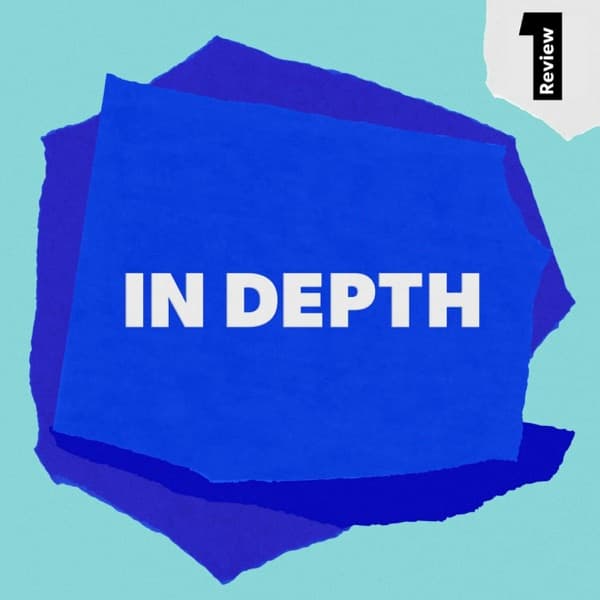 In Depth
In Depth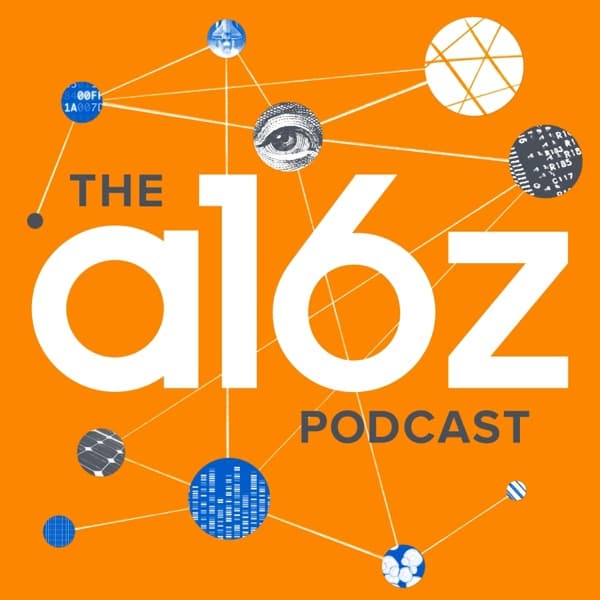 a16z Podcast
a16z Podcast Lenny's Podcast: Product | Growth | Career
Lenny's Podcast: Product | Growth | Career Lightcone Podcast
Lightcone Podcast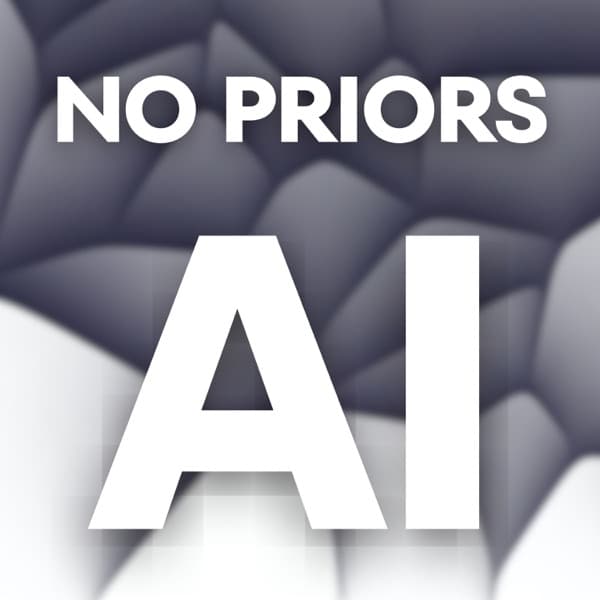 No Priors AI
No Priors AI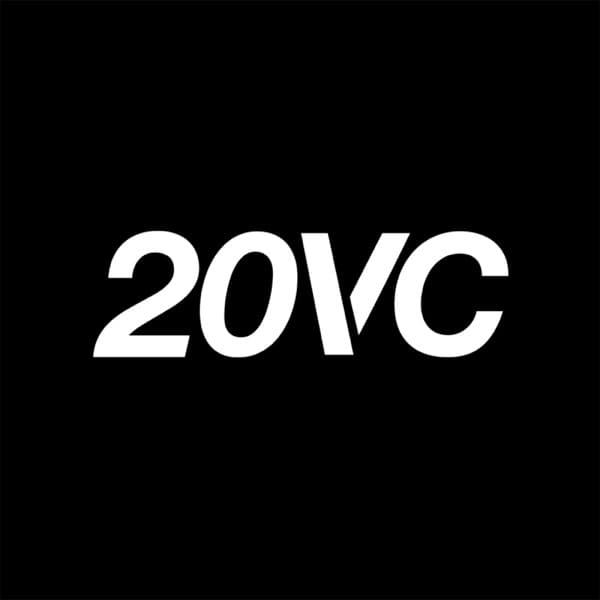 The Twenty Minute VC (20VC): Venture Capital | Startup Funding | The Pitch
The Twenty Minute VC (20VC): Venture Capital | Startup Funding | The Pitch How I Built This with Guy Raz
How I Built This with Guy Raz BG2Pod with Brad Gerstner and Bill Gurley
BG2Pod with Brad Gerstner and Bill Gurley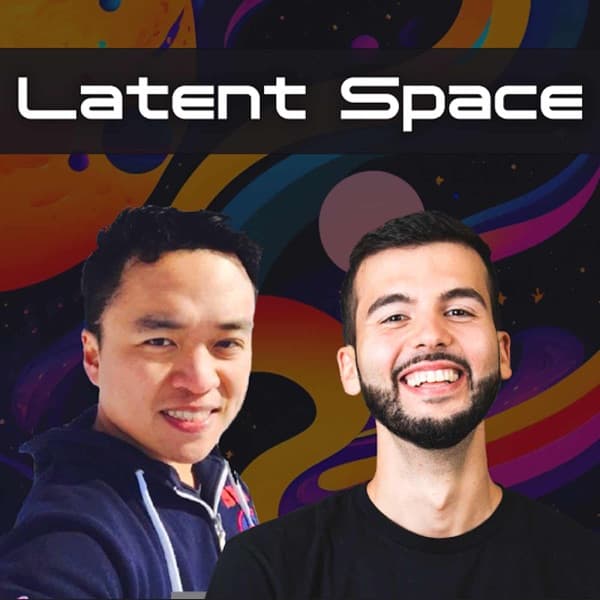 Latent Space: The AI Engineer Podcast
Latent Space: The AI Engineer Podcast
